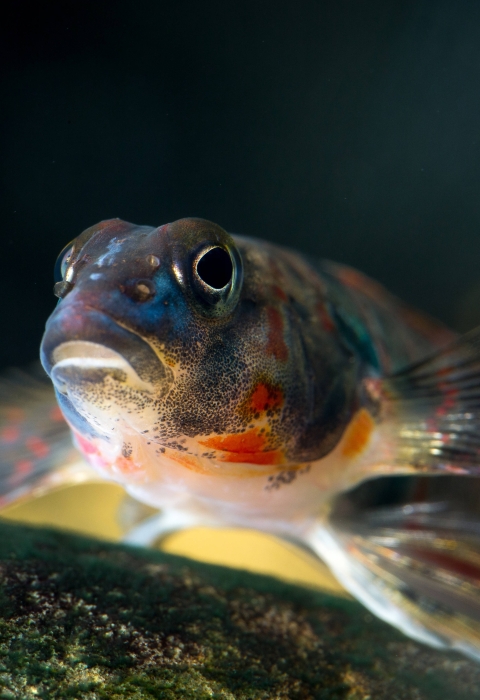Projects and Research
Native Crayfish Propagation
Propagate imperiled native crayfish for recovery. Develop and implement captive holding, propagation, and reintroduction techniques as a critical component of crayfish recovery. Captive propagation and holding in refugia is needed in order to reduce the threat of extirpation from industrial spills and catastrophic events.
Freshwater Mussel Propagation for Restoration
Freshwater mussels help maintain water quality through their filter-feeding and help create stable habitat for other animals that live on the bottom of lakes and rivers. They also are one of the most imperiled groups of animals in the United States. At least seventy percent of all species are in decline with 30% federally listed as threatened or endangered. The main reasons for their decline are poor water quality and habitat loss. Propagation and stocking into restored historical habitats are vital tools being used by the Service and partners to assist with the recovery of many freshwater mussels, and to restore dwindling populations in order to prevent their listing. The White Sulphur Springs National Fish Hatchery is working to restore the following species.
- Black sandshell (Ligumia recta)
- Salamander Mussel (Simpsonaias ambigua)
- Pistolgrip (Tritogonia verrucosa)
Candy darters are a brightly colored fish, approximately two to three inches long, found in West Virginia and Virginia rivers. Although small, darters in general are an important part of freshwater stream habitats and the aquatic food chain. Nearly 20% of all freshwater fish species in North America are darters.
In 1932, there were 35 candy darter populations in the Gauley,...
